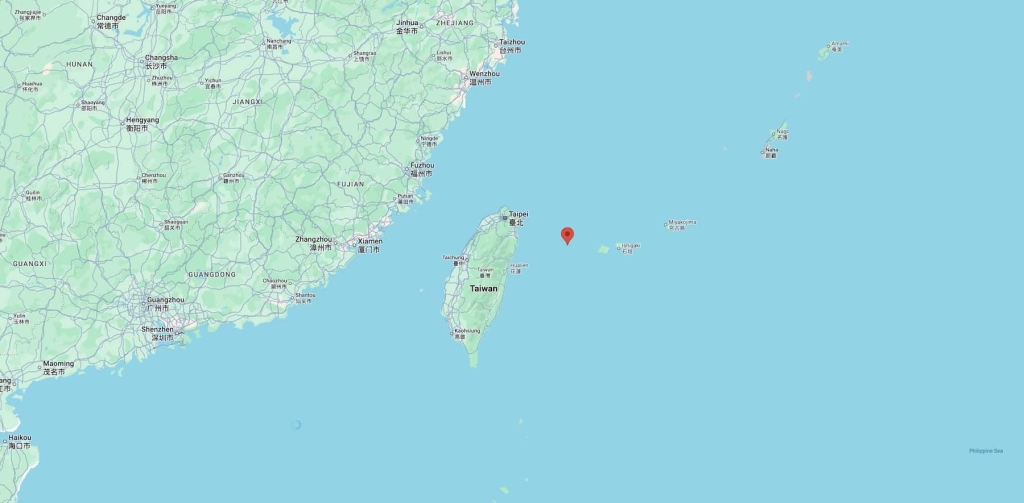Japan Scrambles Jets As Chinese Drone Flies Near Taiwan Amid “Sea Of Fire” Threats

Skyrover X1 Fly More Combo Now $682.48 (25%) Off On Amazon With DRONEXL2025 Discount Code
Japan scrambled its fighter jets on Sunday after a suspected Chinese military drone was detected flying near its southernmost territory, dangerously escalating tensions that have flared over the future of Taiwan. The incident comes just days after Beijing issued a chilling threat to turn Japan into a “sea of fire.”
This is not a routine patrol. The drone flight represents a direct and tangible military response to a major policy shift from Japan’s new conservative government, moving the conflict from a war of words to a perilous aerial confrontation.
Japan Responds to Drone Near Yonaguni
The Japan Air Self-Defense Force (JASDF) scrambled fighter jets from its Southwest Air Defence Command after the unmanned aircraft was spotted. The suspected Chinese drone flew in the airspace between the Japanese island of Yonaguni and Taiwan.
Yonaguni is Japan’s westernmost island and lies only 68 miles from Taiwan’s coast, making it a critical strategic chokepoint. The drone flight coincided with other aggressive Chinese maneuvers. Japanese Chief Cabinet Secretary Minoru Kihara reported that Chinese coast guard vessels also spent several hours in Japan’s territorial waters around the disputed Senkaku Islands, which China calls the Diaoyu.
New Prime Minister’s Comments Ignite Tensions
The relationship between the two Asian powers has soured dramatically since the election of conservative Japanese Prime Minister Sanae Takaichi in October. Takaichi, 64, has been a vocal critic of China’s military and territorial expansion.
Speaking before parliament on November 7, Takaichi signaled that Japan would consider intervening to defend Taiwan if China were to invade. She stated that such an attack, if it required “battleships and the use of force,” would “constitute a situation threatening the survival [of Japan].” This rhetoric marks a significant departure from Japan’s historically pacifist stance and was seen in Beijing as a direct provocation.
Beijing’s “Sea of Fire” Threat
China’s response to Takaichi’s comments was swift and furious. The official Chinese military outlet, PLA Daily, issued a direct and chilling threat to Japan.
“Japan will become a sea of fire from Hokkaido to Okinawa, with no place left unscathed,” the military paper said in a statement. “Any attempt to interfere in the Taiwan issue will drag Japan into an abyss of no return, turning its homeland into eternal ruins.”
The diplomatic fallout has been just as severe. Both countries summoned each other’s ambassadors. Furthermore, Beijing confirmed there were no plans for Chinese premier Li Qiang and PM Takaichi to meet at the upcoming G20 summit in South Africa.
Taiwan Calls for “Restraint”
Taiwan, caught in the middle of the escalating feud, has called for calm. Taiwanese President Lai Ching-te called on Beijing to “show restraint, act like a major power, and not become the troublemaker” in the Asia-Pacific region.
On Monday, Lai argued that peace and stability have been “severely impacted.” He told the media, “China should return to the path of a rules-based international order, which would help maintain peace, stability and prosperity in the region.”
DroneXL’s Take
This drone flight is a clear and deliberate escalation. We are no longer talking about hypotheticals; this is the physical manifestation of China’s “sea of fire” threat. For years, we’ve seen China use drones for joint combat patrols near Taiwan, using them to test response times, gather intelligence, and wear down Taiwanese defenses.
This tactic isn’t isolated to Asia. It mirrors the exact kind of hybrid warfare Russia is employing, with frequent drone incursions on NATO’s eastern flank designed to probe for weakness. What’s different here is the direct link between a specific political statement and an immediate military (UAV) response.
This confrontation also highlights the critical importance of the drone supply chain. As military tensions rise, the U.S. and its allies, including Japan and Taiwan, are desperately trying to build a reliable “non-red” drone supply chain to break their dependency on Chinese-made technology. This weekend’s events prove that drones are now a central tool of statecraft, intimidation, and military power projection in the 21st century.
What do you think? Share your thoughts in the comments below.
